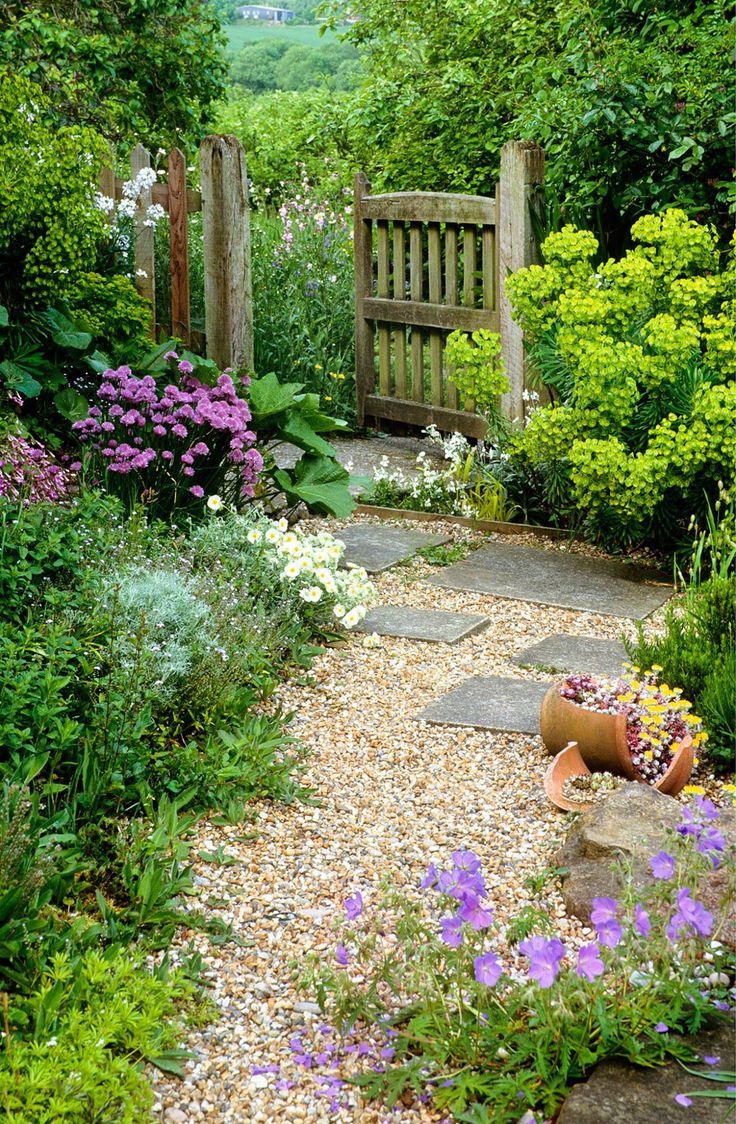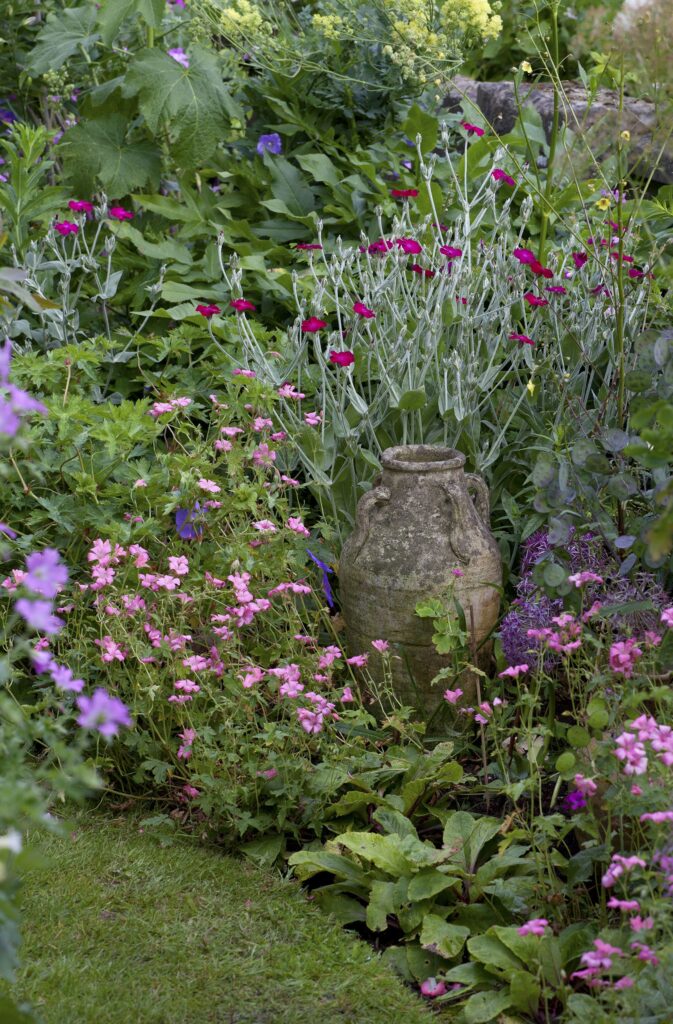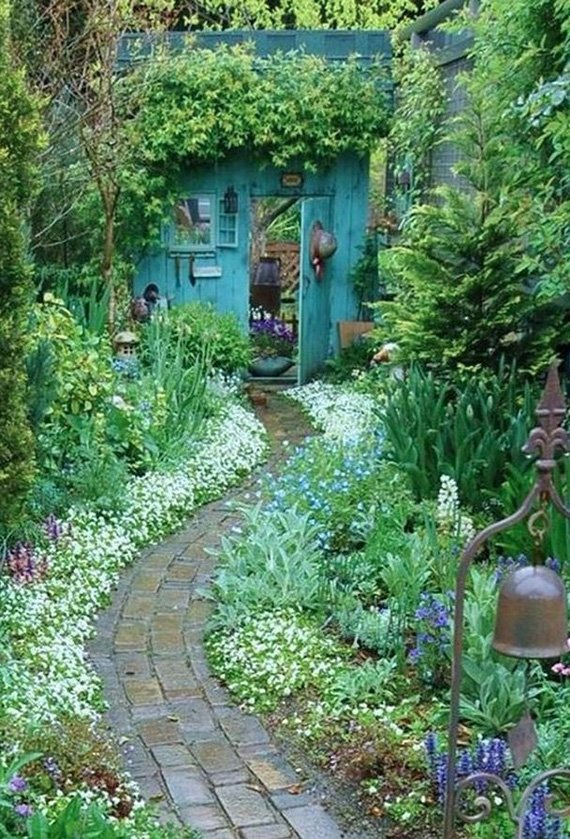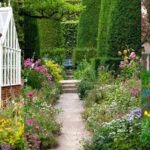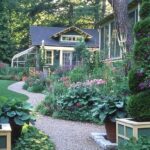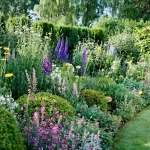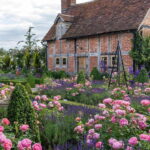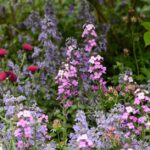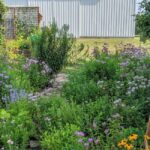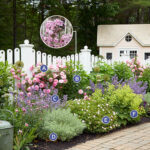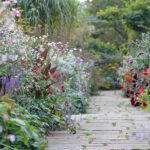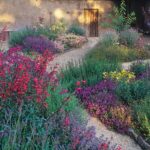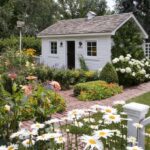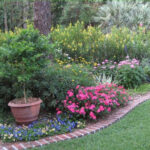Cottage gardens have a long history dating back to the 19th century when they were popular among peasants and smallholders in Europe. These gardens were typically small plots of land surrounding a rural cottage where fruits, vegetables, and herbs were grown alongside colorful flowers. Today, cottage gardens have become synonymous with a romantic and charming style of gardening that is characterized by its informal design and abundance of plants.
One of the key features of cottage gardens is their relaxed and unstructured layout. Unlike formal gardens with defined borders and geometric shapes, cottage gardens are all about mixing different plant varieties together in a seemingly haphazard manner. This creates a lush and wild look that is full of life and color, perfect for those looking to create a more relaxed and naturalistic garden setting.
Cottage gardens are often filled with a diverse array of plant species, including old-fashioned favorites like roses, lavender, and delphiniums. These plants are chosen not just for their beauty, but also for their ability to attract pollinators like bees and butterflies. This makes cottage gardens not just a feast for the eyes, but also a haven for wildlife.
In addition to flowers, cottage gardens are also known for growing a wide variety of fruits, vegetables, and herbs. This mix of ornamental and edible plants gives cottage gardens a sense of productivity and practicality, harkening back to their origins as working gardens. From juicy strawberries and heirloom tomatoes to fragrant herbs like basil and thyme, cottage gardens offer a bounty of fresh produce for the gardener to enjoy.
Maintaining a cottage garden requires a bit of effort, as the mix of plants means there is always something in bloom or needing attention. Regular watering, weeding, and deadheading are essential tasks to keep a cottage garden looking its best. However, the reward of a garden bursting with life and color is well worth the effort for those who enjoy the sights and scents of a cottage garden.
Whether you have a small backyard or a sprawling country estate, a cottage garden can add charm and character to any outdoor space. By embracing the beauty of a wild and unstructured garden design, cottage gardens offer a unique opportunity to create a haven for both people and wildlife to enjoy. So if you’re looking to bring a touch of romance and whimsy to your garden, consider planting a cottage garden filled with a delightful mix of flowers, fruits, and herbs.
